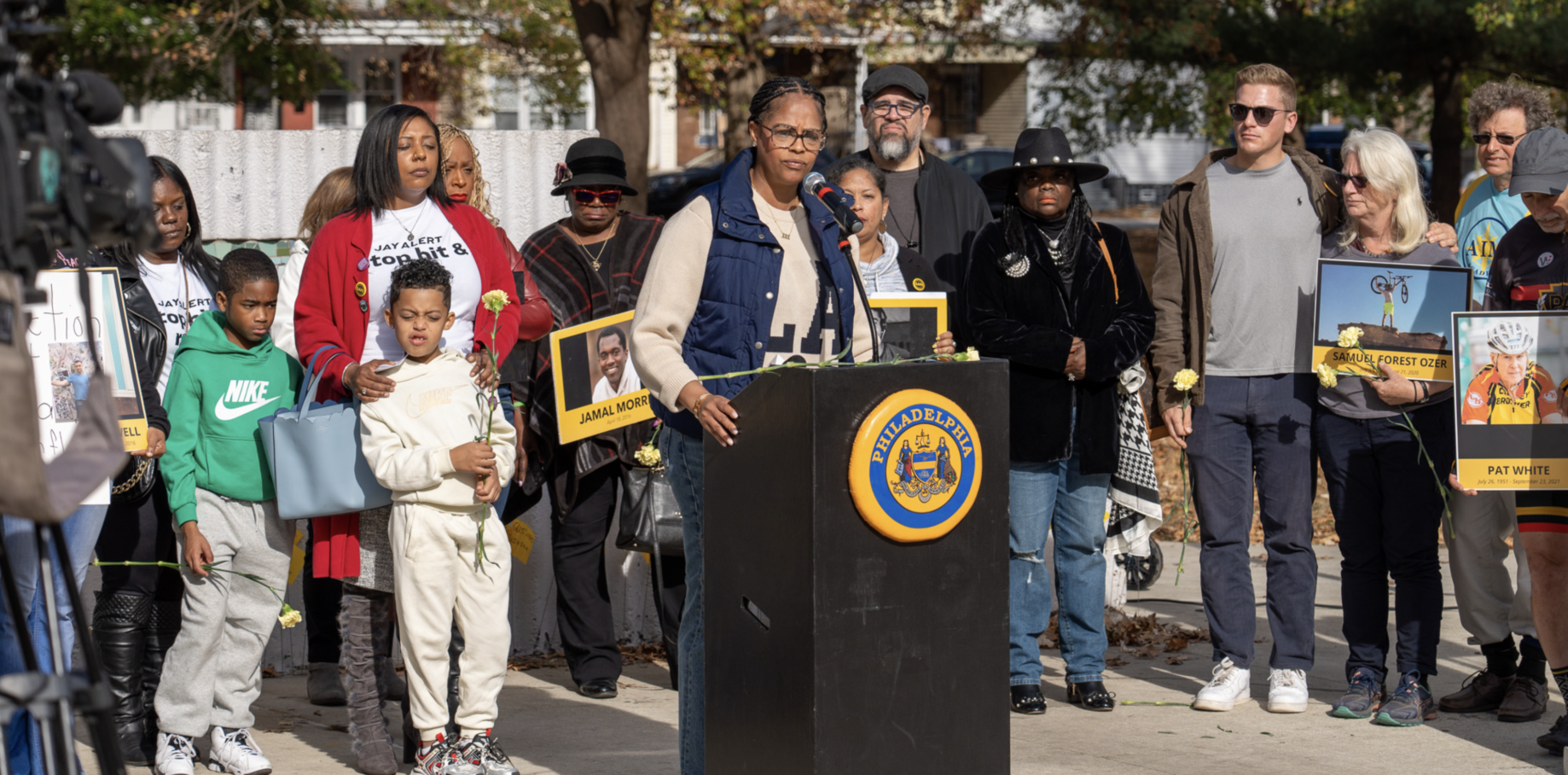Travel
How Asheville travel is bouncing back after Hurricane Helene

Ryan Appleton, owner of The Lazy Tiger Hostel in Woodfin, North Carolina, a town adjacent to Asheville, anticipated that this October would be the business’s best month since it opened in September last year.
He likely wouldn’t have been the only one. According to market research by STR, October has been the top month in terms of hotel revenue for the last three years, bringing in $50 million in revenue to Buncombe County.
But then came the knockout punch of a major rainfall followed by Hurricane Helene on September 27. Some areas of Western North Carolina received more than 30 inches of rain, and the French Broad River that runs through Asheville crested at a record of more than 30 feet. Low-lying neighborhoods flooded, trees downed power lines, and the water system was destroyed.
“The kind of market I was expecting for October is gone,” Appleton says.
Tourism in Asheville and Buncombe County
Last year, visitors spent $3 billion in Asheville and Buncombe County, comprising 20 percent of the county’s Gross domestic product (GDP). It’s easy to see why: Asheville has something for everyone. Mountain bikers and hikers love the mountain trails, foodies feast at James Beard award-winning restaurants and breweries, and art lovers revel in downtown’s Art Deco buildings and the studios in the River Arts District. And then there’s the Biltmore Estate — the nation’s largest private house.
Right now, the majority of visitors entering Asheville are temporary workers and volunteers. But with 29,000 jobs dependent on tourism, opening up to visitors will be a crucial part of the recovery process. As of writing, many neighborhoods and businesses are ready to welcome tourists, though visitors should expect a varied landscape of intact and recovering neighborhoods.
“In a normal year, all travel to just the mountains of North Carolina is a $1.8 billion industry,” says Scott Peacock, director of marketing and PR for Visit North Carolina.
He adds, “That’s what’s at stake.”
Hurricane Helene unleashed catastrophic floods and mudslides in Western North Carolina that destroyed or decimated many communities. A crew works to repair damaged power lines in the River Arts District in Asheville, N.C., on Monday, September 30, 2024. Photograph by Loren Elliott, The New York Times/Redux
A situation in flux
Three weeks after the storm, a lot of progress has been made. Less than 100 people in Buncombe County were without power on October 23. The city curfew from 11 p.m. to 6 a.m. was lifted on Monday, October 21. Many of Asheville’s most popular neighborhoods, including downtown, West Asheville, and Biltmore, suffered minimal damage, and dozens of restaurants, including James Beard award-winning Cúrate, have pivoted from serving free meals to welcoming paying customers again. Even popular concert spots like The Grey Eagle and Eulogy at Burial Beer Co. have already hosted shows.
Water remains the stumbling block. While ninety-five percent of the city has running water as of October 18, all customers are on a boil advisory. County spokesperson Clay Chandler has advised vulnerable populations like immunocompromised people or those with open wounds to boil even before bathing or showering.
Before coming to the area, visitors should consult Visit North Carolina’s travel advisory map. Last weekend (October 19-20), Asheville and Buncombe County changed from red — closed to visitors — to yellow (call ahead for limitations) and green (open to visitors), respectively. Some towns, like Bakersville or Sugar Mountain, may be open even though the larger county is not. DriveNC provides more detailed real-time information on individual roads.

The Biltmore plans to welcome guests again starting November 2, 2024. Before Helene, this is a view of the interior of the Biltmore House, part of the Biltmore Estate in Asheville. Photograph by Krista Rossow, Nat Geo Image Collection

Erected by George Vanderbilt in 1895, The Biltmore House is the largest private home in the U.S. Photograph by Krista Rossow, Nat Geo Image Collection
Christmas at Biltmore and beyond
On October 19, Biltmore confirmed its plans to reopen for both day and overnight guests on November 2, the start of the Christmas at Biltmore season. The house, conservatory, and lodgings suffered minimal to no damage, though Biltmore Village, the collection of independent shops and restaurants across from the property, is gone.
“If Biltmore can be up as of the 2nd, then that, I think is really hopeful for everybody,” says Carey Baldwin, owner of InnTuners, a hospitality consulting business in Asheville.
Former guests of Baldwin’s clients, Willy and Shawnie Gruber of 1900 Inn at Montford, a 125 year-old bed-and-breakfast in the historic district of Montford north of downtown, have already expressed a desire to return as early as the end of October, according to Willy. In fact, a brand-new guest to the B&B checked in on October 23, and three repeat visitors have reservations for the following week. “They want to support the community. A lot of people come to Asheville because they love that community spirit,” he says.
Even the heavily damaged River Arts District, where 80 percent of the artist-owned studios and galleries were lost, will reopen with a festival called RAD Fest 1.0 on November 9-10. Hundreds of artists will show their work, with live music and food trucks providing entertainment and nourishment. “We are 90 percent dependent on tourism,” explains Jeffrey Burroughs, a professional jeweler and president of River Arts District Artists.
“If people are here visiting, we’re going to need them to come to the RAD,” they add. “We want you to come by, say hi, and maybe buy some art.”

A normal scene in Asheville of a stand-up paddle board tour on the French Broad River, which crested at a record of more than 30 feet as a result of Hurricane Helene. Photograph by Krista Rossow, Nat Geo Image Collection
Where to go: Other options for visitors
For people still hoping to see the leaves change, Peacock says that a number of towns in counties that suffered little to no damage are eager to host visitors. “The further you get down into the Smokies and away from Asheville, the lower the elevation, the longer until their peak,” he says.
Cashiers offers a more high-end mountain experience than Asheville, whereas Bryson City has a more down-to-earth atmosphere. It’s a “quintessential mountain town,” Peacock explains, for someone who “experiences the mountain every day and comes back into town for dinner and beers at night.” Many of these areas, including Highlands, are facing steep drops in visits as people mistakenly believe they are still closed.
Given that Asheville is the closest regional airport, Peacock speculates that regional tourists driving from nearby states would likely be in the best position to visit. Drivers should keep in mind, however, that Interstates 40 and 26 Westbound are restricted to essential traffic west of Charlotte and closed at the North Carolina and Tennessee border.
Back in the spring
With winter being the city’s slowest season, Gruber and Appleton are looking eagerly to spring —a season, Gruber noted, that symbolizes rebirth.“It’s a beautiful time of the year,” he says. Some of Appleton’s previous guests have already booked spring dates, eager to support the hostel.
But as beautiful as the scenery is, “the magic that made Asheville ‘Asheville’ has always been its people,” comments Peacock. “You better believe that Asheville is going to come back from this—and will come back better for it.”









